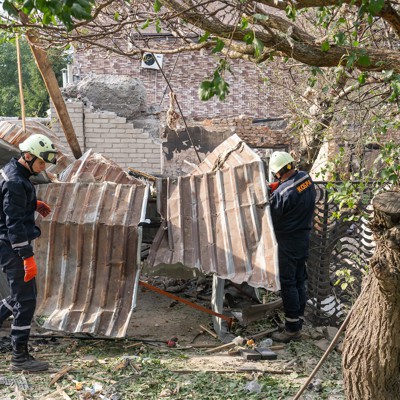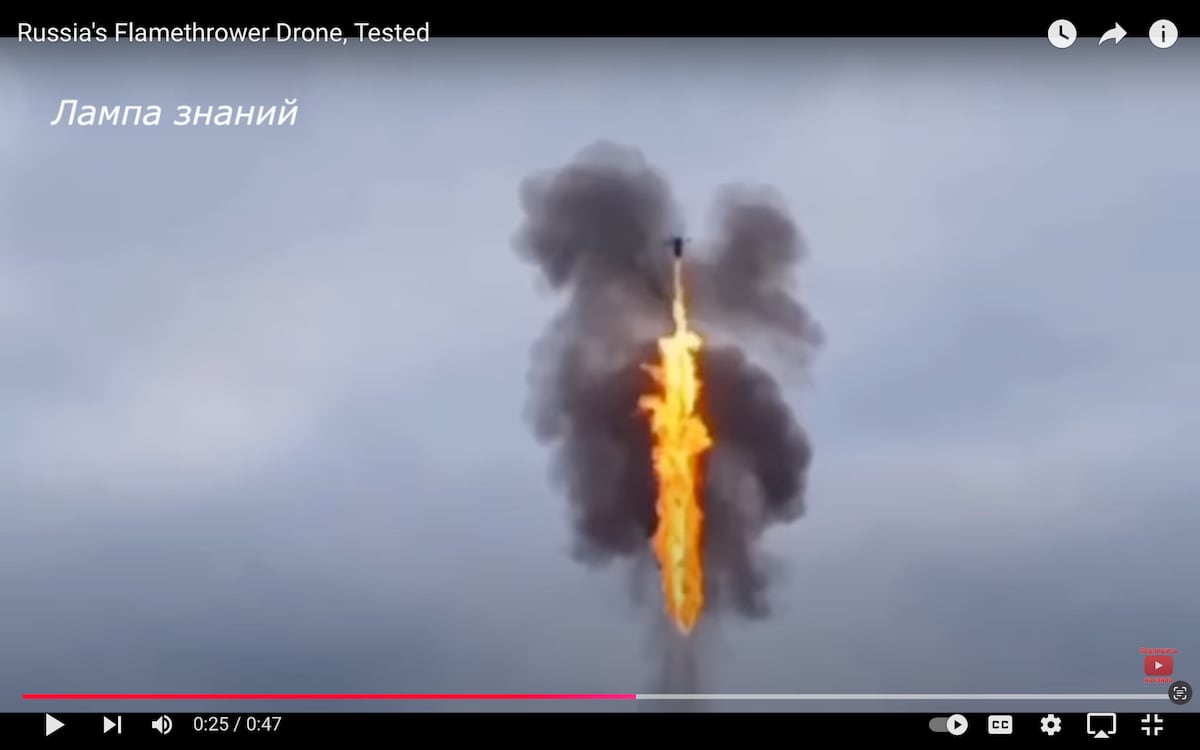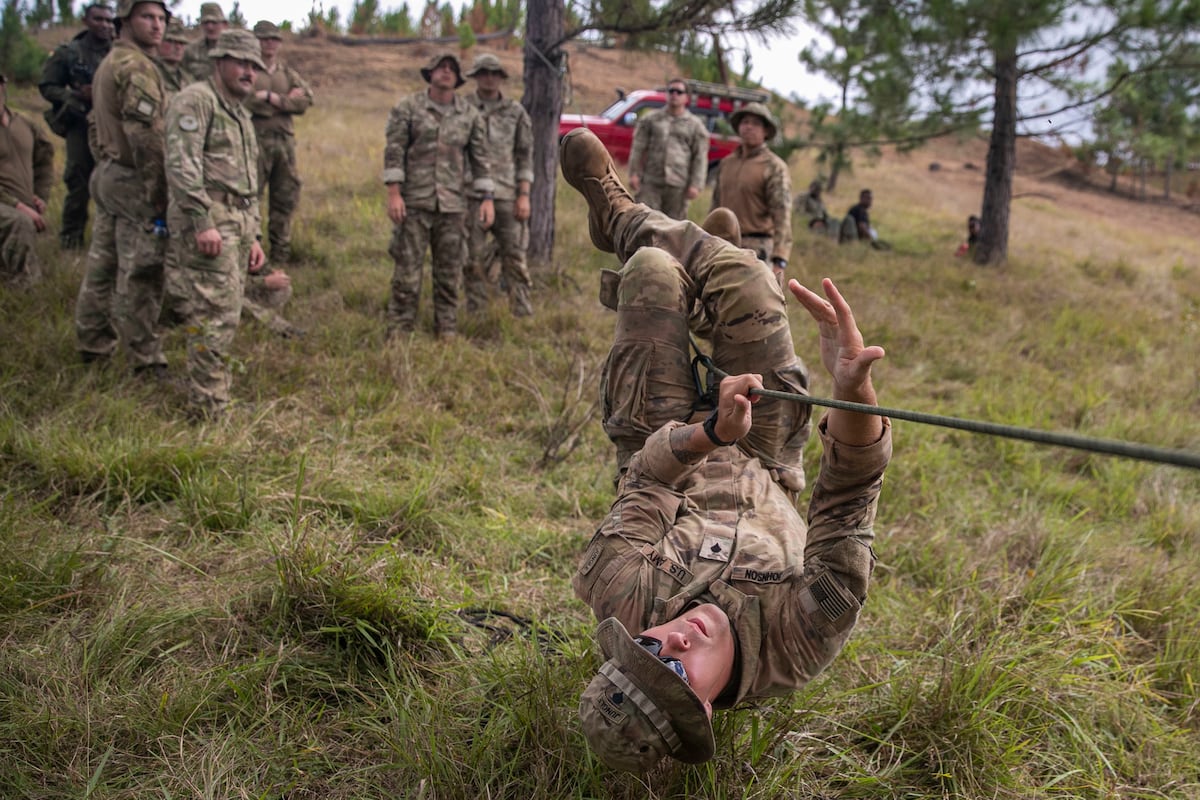Russia’s plan to add 180,000 troops will increase the risk of accidents like drones and missiles entering NATO territory, the commander of U.S. Air Forces Europe and NATO Allied Air Command told reporters Tuesday.
Hastily-trained and reluctant conscripts pouring into Ukraine and conducting drone and other operations is “something we’re definitely concerned about,” Gen. James Hecker said.
Asked about the recent crash of a Russian drone in Latvia, he said, “If you grab folks off the street that haven’t been conditioned and trained in military operations, the risk of miscalculation, mistakes goes up. And I think we’ve seen that with…with a lot of the incursions that we’ve seen in both Romania, Poland, the one you talked about in Latvia.”
Lithuania’s defense minister reacted to the crash by calling for more NATO air patrols. Hecker said increased air policing and training is part of the solution, but gaining a much better picture of the air environment—and specifically the new threats posed by UAVs—is a more important first step.
“Number one, have a sensing system to do that,” he said. “The problem is the one-way UAV threat is fairly new. They’re very low altitude, so you have to see them first through a ground system so that you can even direct the aircraft to go to the right location so they can see them. A lot of the time it’s at night, which is very difficult, you know, even with night vision goggles, to go down in an aircraft that goes four or 500 knots, and then [visually identify] a one-way UAV that’s traveling at 50 knots, at 200 feet at night. That can become very difficult.”
Hecker said integrated air and missile defense for NATO countries was among his key priorities.
“That’s getting more and more difficult as one-way UAVs are proliferating. But conventional radar was of little use against them,” he said. “I’ve been pushing for a while, and we put some policies in place, to try to get some countries to start buying technology that can detect these low, slow, low-radar cross section, one-way UAVs, cruise missiles, so we can detect them, so then we can vector the fighters over there to take care of them.”
New, innovative, and low-cost solutions coming out of Ukraine may help the rest of NATO and Europe. Hecker highlighted Sky Fortress, a Ukrainian network of cell phones that listen for the acoustic signatures of drones and other hard-to-detect threats.
“Ukraine has 9,500 [sensors] that they put, you know, all over their country. And now, through triangulation of these 9,500 sensors, you can get an idea of what the heading is, what the speed is, maybe not a target-quality track, but enough to vector an airplane…or enough to take a mobile firing unit,” and put it in position to take out the drone, he said.
The U.S. Air Force has hosted demonstrations of the system at Ramstein Air Base in Germany, he said.
“They brought up these sensors, put them around the air base, and we saw that it worked. We did another demonstration in Romania, and several other countries came to it and saw that it worked. And I think it’s getting a lot of interest,” Hecker said. “Now, we just need to, you know, have them pony up, get some money and try to put these sensors out there.”
Read the full article here








Leave a Reply